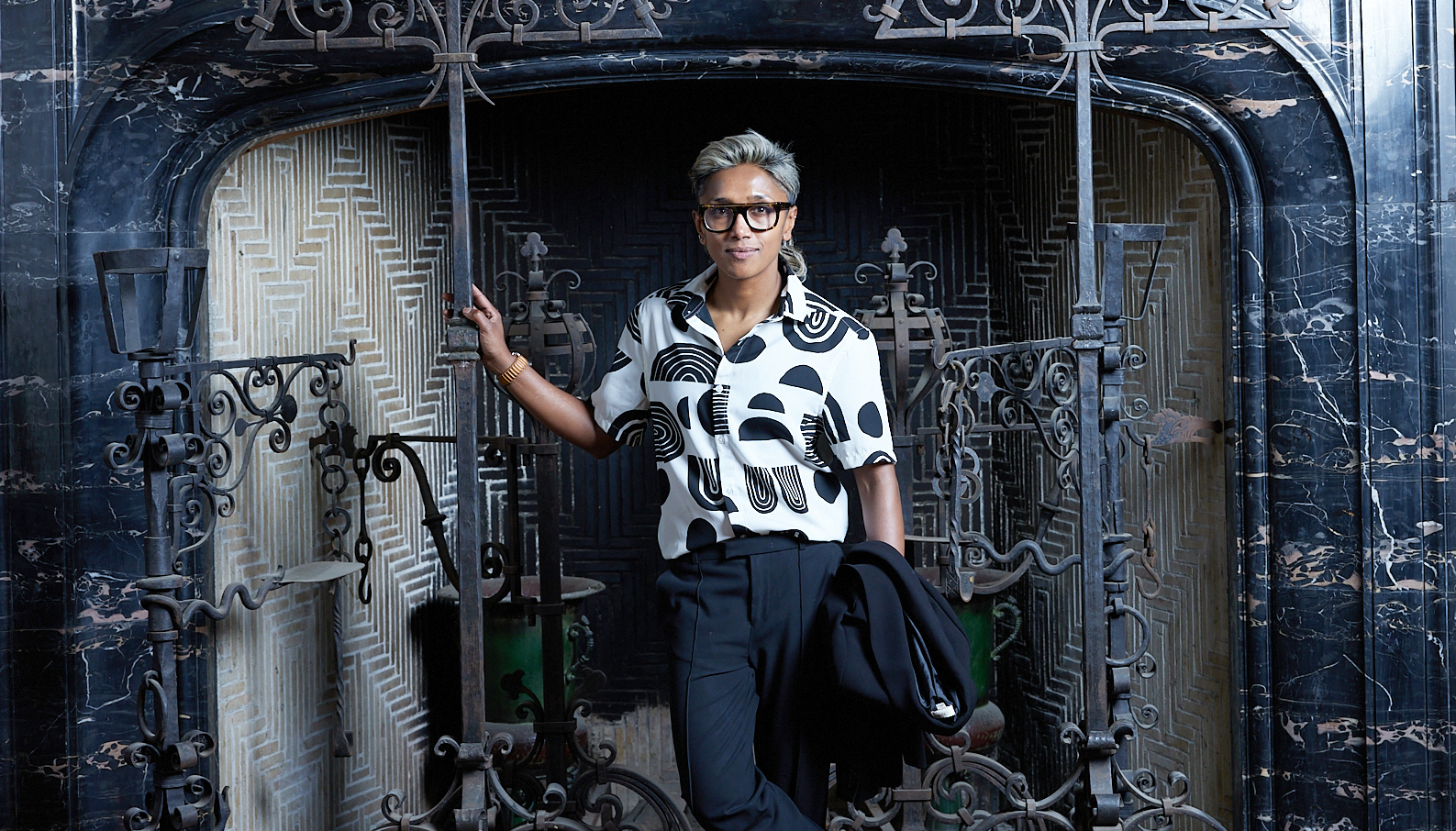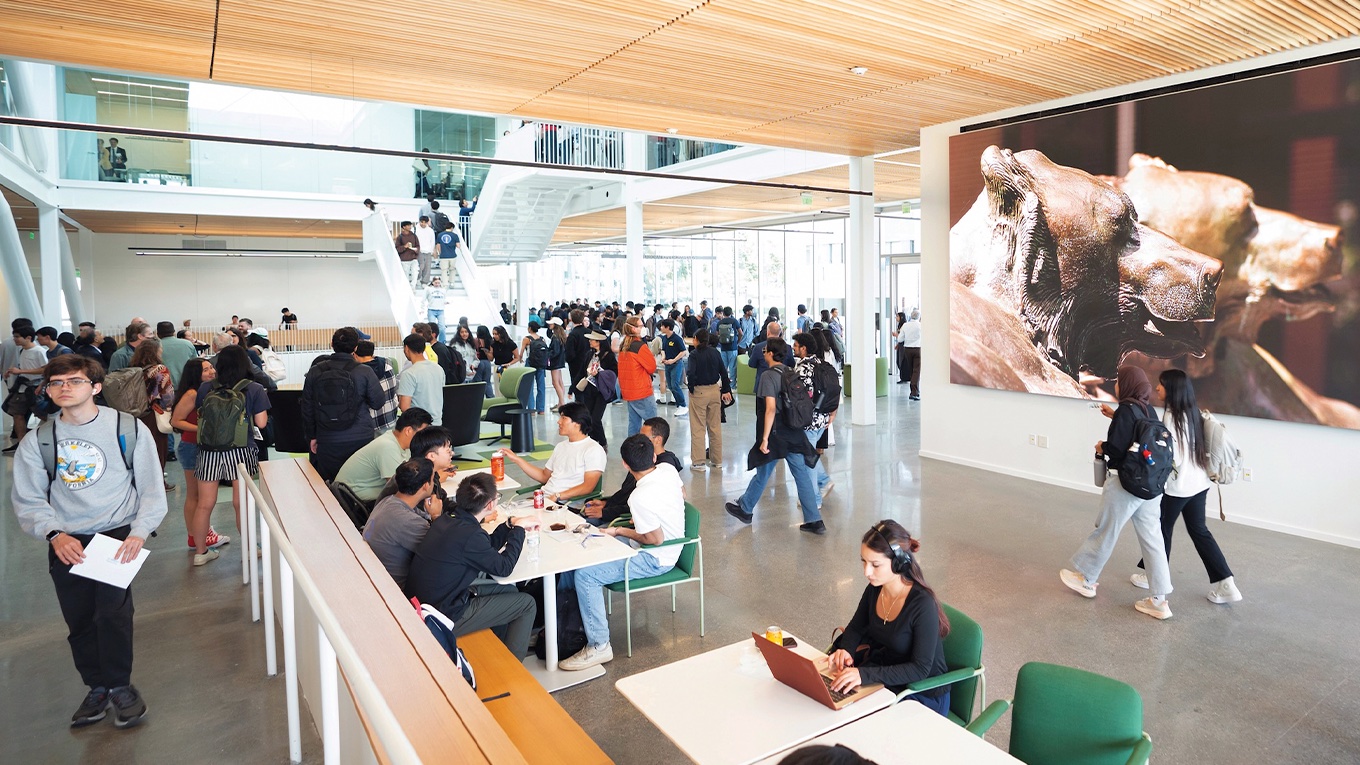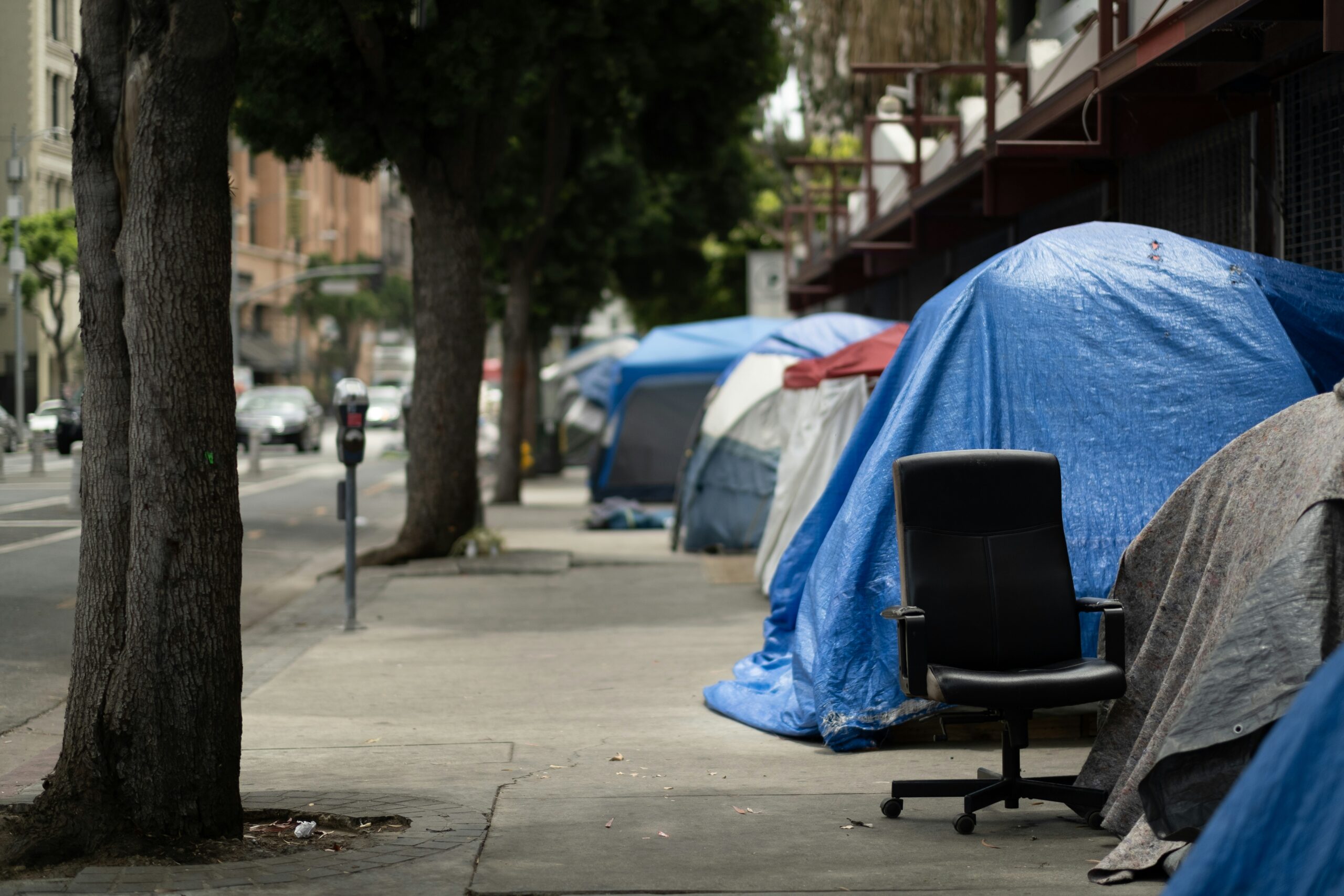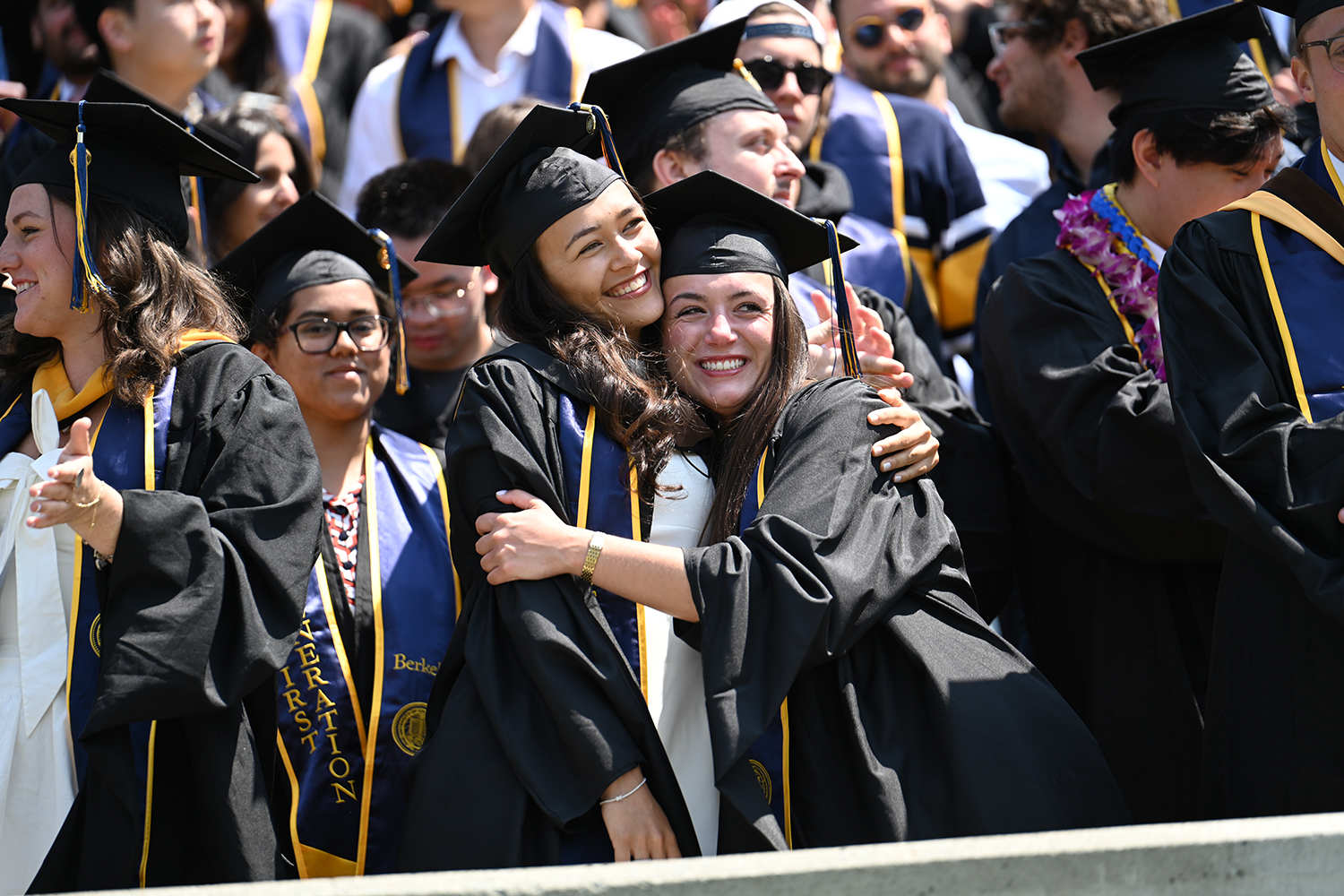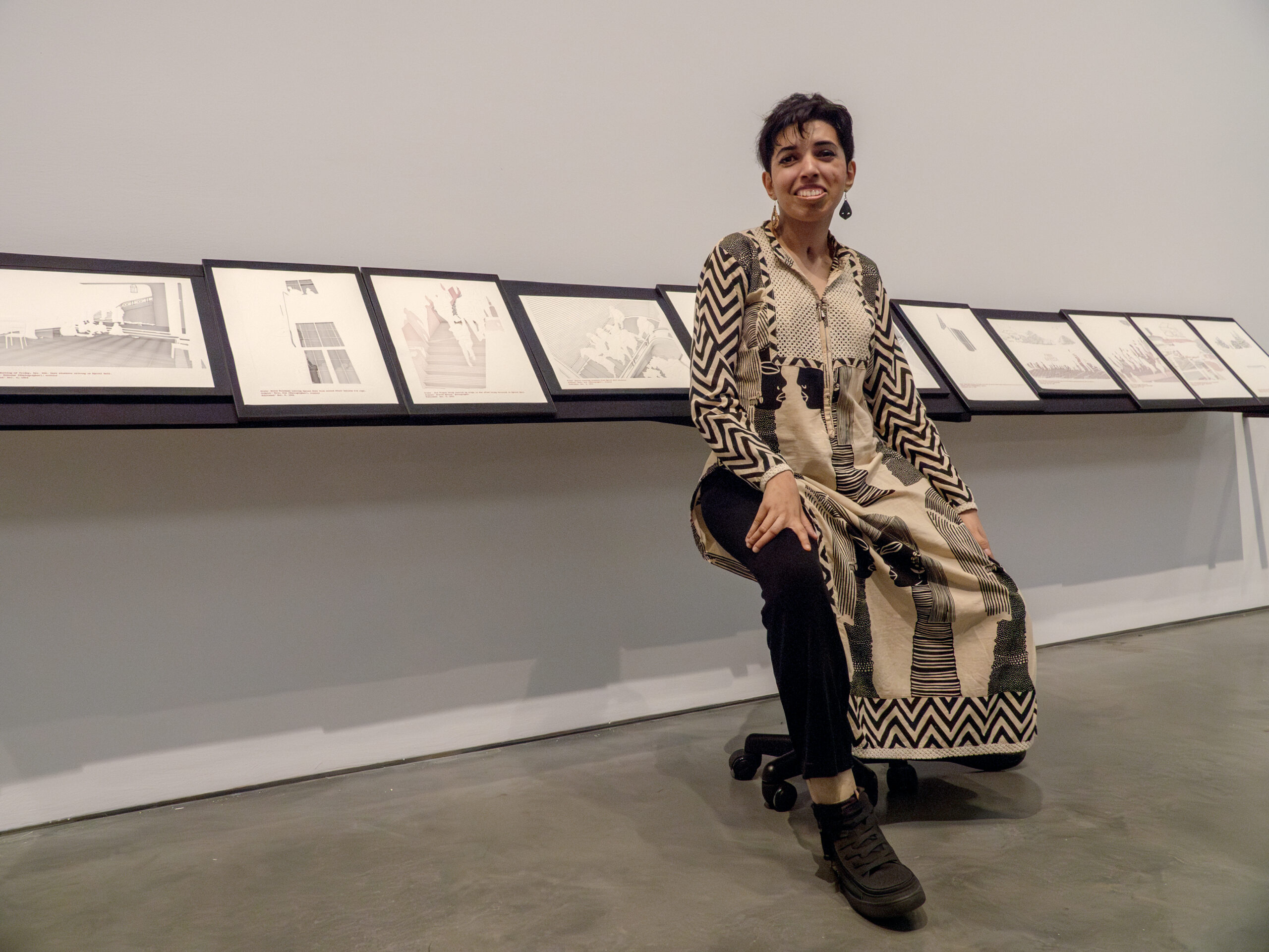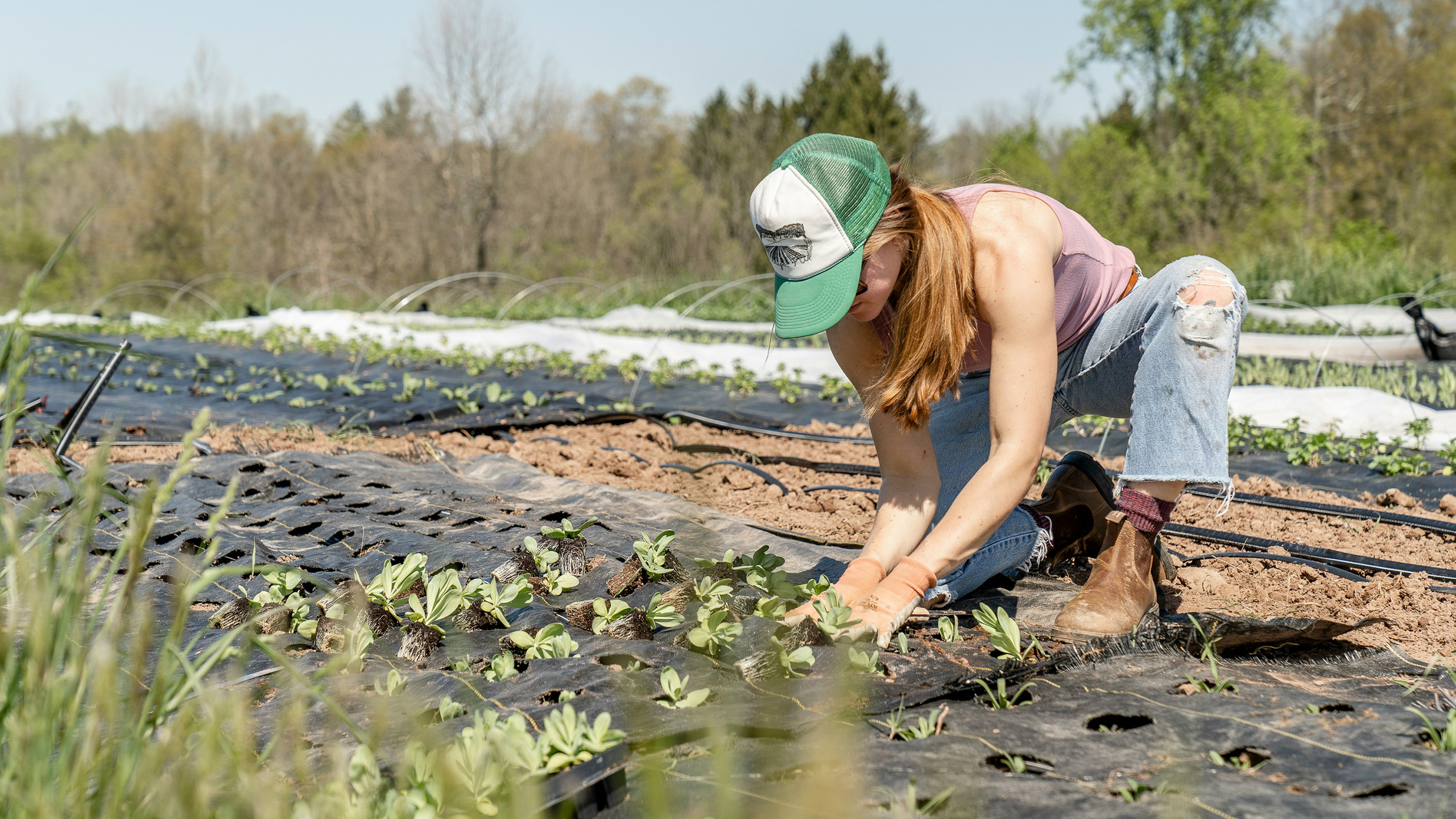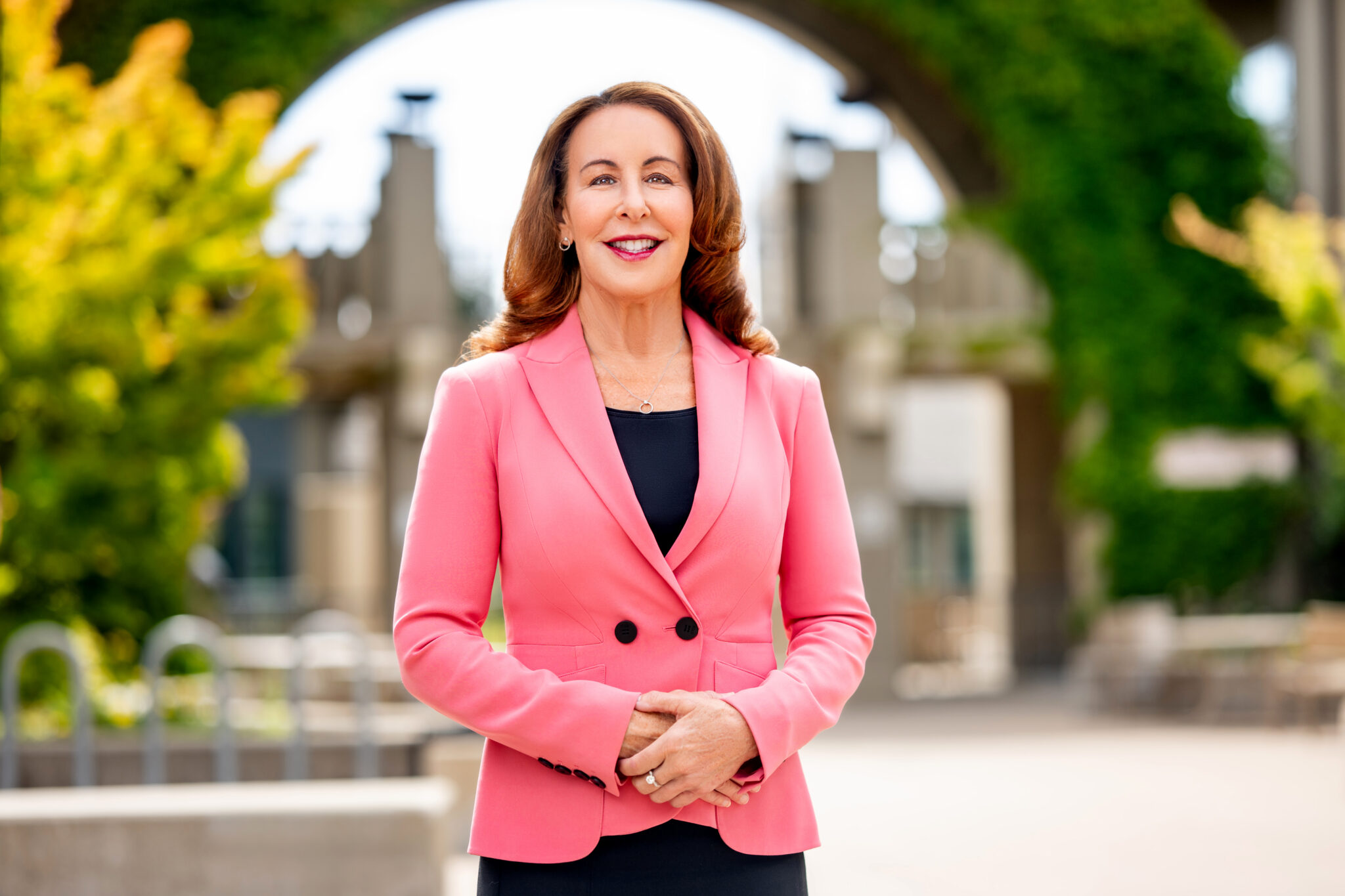Chancellor Carol Christ was sworn in as UC Berkeley’s 11th chancellor on Sunday. Christ, a professor of Victorian literature, former president of Smith College and long-time UC Berkeley faculty member and administrator, is the first woman to lead the university in its 149-year history. Here is her complete speech to graduates:
President Napolitano, Chairman Kiefer, Regents, Trustees, Mayor Arreguin, distinguished guests, faculty, staff, alumni, students, parents, and most important, graduates of the Class of 2017, welcome, and thank you for coming.
Let me begin by saying how pleased I am that we’re sharing this ceremony–my formal investiture as chancellor and your graduation. First, congratulations. You’ve worked hard; you’ve excelled in what you’ve done. You’ve proven yourself literate, numerate, worldly, and imaginative, ready to make a difference on this planet. There’s a fitness, I think, in the coincidence of our ceremonies; the University of California was founded to serve you, to provide broad access to a university education for those who aspire to it, and I have been entrusted with leading this extraordinary institution towards this important goal.
Because we’re approaching the new year, I’ve been thinking a lot about January. The month is named after Janus, the god of beginnings, gates, transitions, doorways, and passages. He is often portrayed with two faces, looking backward and forward, as we do at this moment. You are completing your college education and beginning that period I always imagine in capital letters — LIFE AFTER COLLEGE. And I too am beginning a momentous task.
We share this university, a university that I hope will remain important to you in the decades ahead, for universities are communities in both space and time. We share a place, what the poet Wordsworth called a local habitation and a name. The geography of the campus is vivid in our experience–Sather Gate, Sproul Plaza, the campanile, the laboratory and classroom buildings in which you spent much of your time, the stone bears that are posed about the campus, the paths through the redwoods along Strawberry Creek. But the university is also a community in time, connected by this shared experience of place. It exists in your mind as you construct and carry with you the narrative of your life. It exists in the community of hundreds of thousands of alumni over the decades and across the globe. And it exists in the history of the university that we at once inherit and change.
Next year, in 2018, the university will celebrate its sesquicentennial–its 150th anniversary. What did the founders of the university imagine in 1868, and what can it tell us about the university in the 21st century?
The founders of this university indeed imagined its essential features and aspirations. The University of California came into existence through the merger of two institutions. One resulted from the passage of the Morrill Land Grant Act in 1862, the federal legislation that provided federal land to every state in the union to establish a public university. Central to the legislation was the idea of access—access to a college education for the working classes; equally central was the requirement that any such university teach agriculture and engineering in addition to the traditional liberal arts.
In order to take advantage of the federal legislation, the state of California determined to establish a College of Agricultural, Mining, and Mechanical Arts—essentially a polytechnic institution. Small private institutions that had been established in California were worried; “mind before mines” one higher education leader protested. Reverend Henry Durant, after whom Durant Hall is named, had the vision of joining the College of Agricultural, Mining, and Mechanical Arts—which existed only on paper—with the financially struggling College of California—a liberal arts institution that aspired to the German model of the research university. With this merger, the University of California was created with its essential features—broad access, a curriculum encompassing programs in both the liberal arts and the professions, and a commitment to research.
In 1869 the new university opened its doors to 40 students, some of whom were transfers from the College of California. There were five colleges—agriculture, mechanical arts, mines, civil engineering, and letters—and ten faculty. (That was a pretty good student/faculty ratio.) The College of California was located in Oakland, but Durant had purchased another site, in Strawberry Canyon, overlooking the Golden Gate. He saw the place as deeply symbolic; a newspaper editorial predicted, “Many nations a few years hence, as their fleets with the wealth of commerce seek these golden shores, will see the University before they see the metropolis.” The university’s founders connected its location to Asia. The very first philanthropic gift that the university received was a professorship of Oriental Languages and Literature, from Edward Tompkins, who imagined greatly expanded Pacific commerce and wanted to extend intellectual hospitality to Asian students currently going to the east coast for a college education.
In 1872 the university moved to its new site in Strawberry Canyon, which Durant named Berkeley, after the eighteenth century Irish philosopher Bishop Berkeley, who had envisioned a new golden age in America, replacing a Europe he felt had become old and decadent.
I’ve taken time to tell the story of Berkeley’s founding to suggest how many of its distinctive features were imagined from the beginning. As we celebrate its 150th anniversary, what insight can we take from history that will guide our future path?
One of the wisest books ever written about the American university is Clark Kerr’s The Uses of the University. In it he argues that universities can aim no higher than to be as British possible in regard to undergraduate education (for universities like Oxford and Cambridge offered the model for residential liberal arts colleges), as German as possible in regard to graduate education and research (for Germany had developed the model of the research university), and as American as possible in regard to the public at large. Kerr believed that the distinctive success of America’s best universities results from keeping these three in balance. This comes close to Berkeley’s founding synthesis, one important to keep in mind as we begin our second hundred and fifty years.
We stand, I believe, at a moment of transformation as great as any in Berkeley’s history. Given the decline in state support, we must re-imagine the financial model for the campus—one of my main goals as chancellor. But that begs the question, financial model for what? Here I think Clark Kerr can be our guide. In his witty counsel to be as British, as German, and as American as possible, he is really talking about our tripartite mission of teaching, research, and service. What are the challenges in regard to each as we begin our second one hundred and fifty years?
In regard to teaching, we face challenges of both access and opportunity. Berkeley’s initial student body of 40 has grown to 40,000. We can serve our 40,000 students even better than we do by more consistently and purposefully providing the opportunities for the life transforming experiences a university of this distinction can provide—participation in faculty research, study abroad, internships, the chance to realize your idea as an invention, an experiment, a business, a work of art. We talk a great deal at Berkeley about equity and inclusion, usually in relationship to demographics or to climate. Both of these are critical, but so is equity of experience—the commitment that all students have access to the distinctive opportunities that Berkeley offers. To provide this equity of access, we need to do more both in terms of the academic structure of the advising we provide, making sure road maps to distinctive opportunities are clear to every student, and in financial aid and housing. Insufficiency of student housing is the greatest threat Berkeley faces to the quality of student experience. As chancellor, I intend to double the capacity of our housing system. Too many of our students live in housing that is too expensive, too crowded, and too far from campus, leaving them less money for basic needs.
Berkeley has grown a significant amount in just the last decade. We haven’t fully met the challenge of how best to serve the increased number of students we have. However, the pressures to increase enrollment will continue because both the population of California and its high school graduation rate are increasing, even as university education becomes more essential for individual and social prosperity. Because I think that it is unlikely that the University of California will be provided with the resources necessary to build new campuses, we must develop imaginative approaches to increasing enrollment capacity—through university extension, for example, partnering with institutions here and abroad, ensuring efficient progress to degree, and considering new and imaginative methods of delivering the curriculum.
Access and opportunity are critical ways in which the university serves the state, educating thousands of outstanding graduates like you who will make important contributions to our world. We also serve the state—indeed, the planet—through our research. Berkeley has always set itself the goal of comprehensive excellence—a distinction that means we can take on very big and complex problems whose solutions requires multiple lenses and tools. As we begin our second one hundred and fifty years, we should identify the grand challenges we are particularly suited to meet; here are some examples—climate change, income inequality, artificial intelligence, what it means to be human in a digital world, mind and brain, gene editing, data science. All of these problems require multiple disciplines from STEM to the humanities to make progress in understanding and solving them.
We serve the public best—the American part of our mission—when we excel at teaching and research, providing extraordinary graduates for society who will, like you, change the world, and making progress on its most intractable problems. To do this well, we must answer a set of strategic questions: What disciplines must grow, which new types of research and teaching environments must be created for Berkeley to invent the future? What size should Berkeley be to best serve the growing population and changing needs of California? What investments and changes would have the most impact on the quality of student experience, both undergraduate and graduate? How can we foster a sustainable financial model with an evolving diversity of revenue sources while remaining true to our public mission and identity? How can Berkeley best expand its reach? These questions will be the focus of the strategic planning process we are now beginning.
As part of this process, I recently asked campus leaders to tell me in one sentence their vision for the Berkeley of the future. Here are some of the responses I received: Berkeley reimagines the world; it is the discovery campus; it is a powerful pathway to upward mobility; it continuously raises the bar of the possible for individuals and for humankind.
It is through such self-examination and contemplation of the future that Berkeley will evolve, adapt, and improve—and that is as true for you as it is for this university. It is a process that brings to mind the four defining principles of the Haas Business School: Question the status quo. Confidence without attitude. Students always. Beyond yourself.
As you begin to contemplate your own future, continue to question the status quo, continue to learn and explore—and determine how you can contribute to the greater good. I believe that Berkeley instills in its students a great capacity to reevaluate and reorient themselves; you will need to exercise this skill in order to live the rich and fulfilling life that I hope lies ahead for each of you.
Graduates of the Class of 2017, as you prepare to go out into the world, take with you our campus’s aspirations as well as your own. Take with you the lessons you learned here, skills you sharpened, wisdom you gained—as well as your memories of this place, your successes and your trials, your associations, your friendships. Berkeley is not only a place across from the golden gate, but a place in your mind and imagination, one that I hope will occupy a distinctive space in the story of your life.
When we say go bears, we are often thinking of our sports teams, but go bears means so much more than that. It means go faculty, in all the ways your research is enlarging our understanding of the world. It means go staff in all the ways you help us educate our students and support our research. It means go alumni in the myriad ways you are making the world a better place. And it means, go graduates, on to the life you dream of for yourself. May Berkeley always be a special place in your mind, your imagination, and your heart. Fiat lux and go bears.
